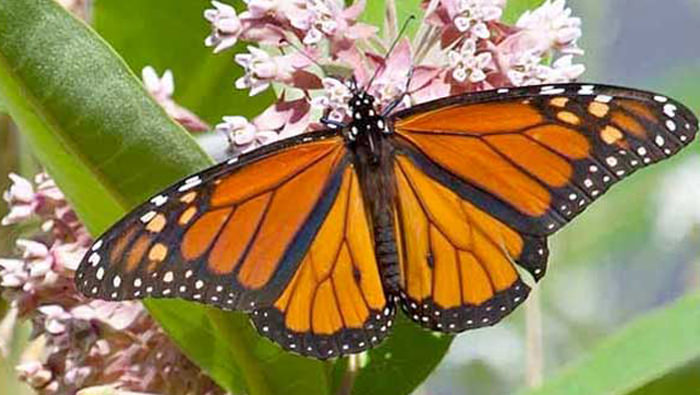
Germination Guide for Starting Milkweed Seed
As with many native wildflowers, milkweeds and butterfly weeds have particular needs for germination. These seeds take cues from changing temperatures and hours of darkness to know when it’s safe to grow. Common milkweed seeds (Asclepias syriaca) must be ‘stratified’ or fooled into thinking that they have been through at least one winter season. Seeds that have not be stratified may still germinate but may take longer or have lower germination rates.
For best results, try to duplicate the process in nature. In northern areas that have at least 3 months of winter, you can plant the seed in the late fall on prepared soil and protect the area with hardware cloth through the winter. In the spring after the ground has reached at least 65°, watch for new shoots and if necessary, transplant them to permanent locations when small.
For starting common milkweed indoors, place seed in a ziploc bag with a handful of moist seed starting soil or damp coffee filters. Place the bag in a very cold location. The back of a refrigerator works well. Some people prefer the freezer but extreme cold can also kill the embryo inside. Below 0°F is too cold. Allow the seed to remain in place for 30 days. Remove it for a day and then return it to the refrigerator/freezer. Repeat this again in 30 days. You’ll want the seed to have at least 3 ‘chilling’ cycles with only a slight time in between. The goal is to allow the seeds to have enough time to thaw but not start to grow. The final cold period can be until you are ready to plant. Fill a seed flat (or pots) with moistened seed starting soil mix and firm lightly. Remove the seed from the ziplock bag and press the seeds into soil mix. Cover seed, soil and the tray with a paper towel and sprinkle with water. Place the trays on a heat mat to maintain a soil temperature of approximately 75°. Keep the soil evenly moist by watering gently through the paper towel regularly. Germination after stratification usually occurs within 2 weeks. Remove the paper towel as soon as you see green shoots pushing the towel away from the soil. Move the seedlings into a sunny window or under grow lights (14 hours of light is best).


When seedlings have their third set of leaves, they can be transplanted outside when night time temperatures do not go below 60°. Plant in groups of at least 6 plants to help butterflies find them. Once established, Asclepias grows quickly and often the first year will attract monarch butterflies to lay their eggs even if the plants don’t bloom.
Learn to recognize the eggs and caterpillars of monarchs. Enjoy watching them grow, pupate into bright green chrysalis and hatch into beautiful butterflies!
*Butterfly milkweed (A. tuberosa) seeds need less stratification time. One chilling cycle is often enough for good germination.
